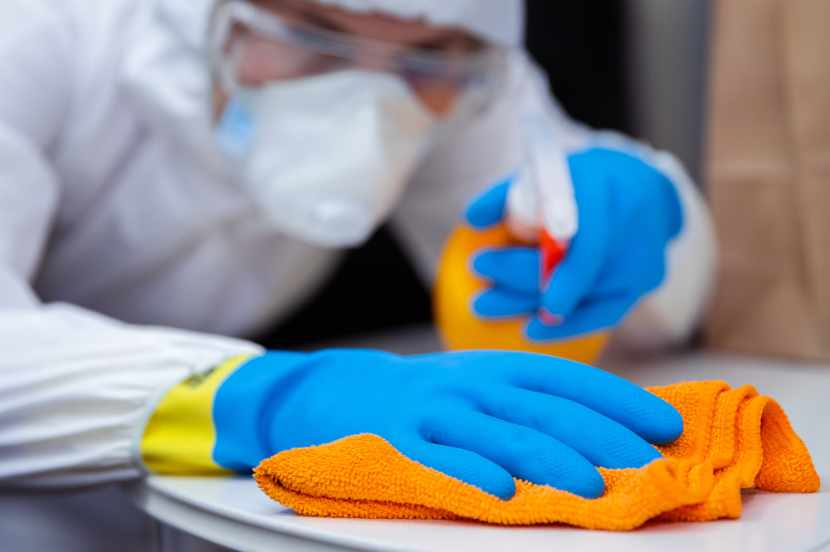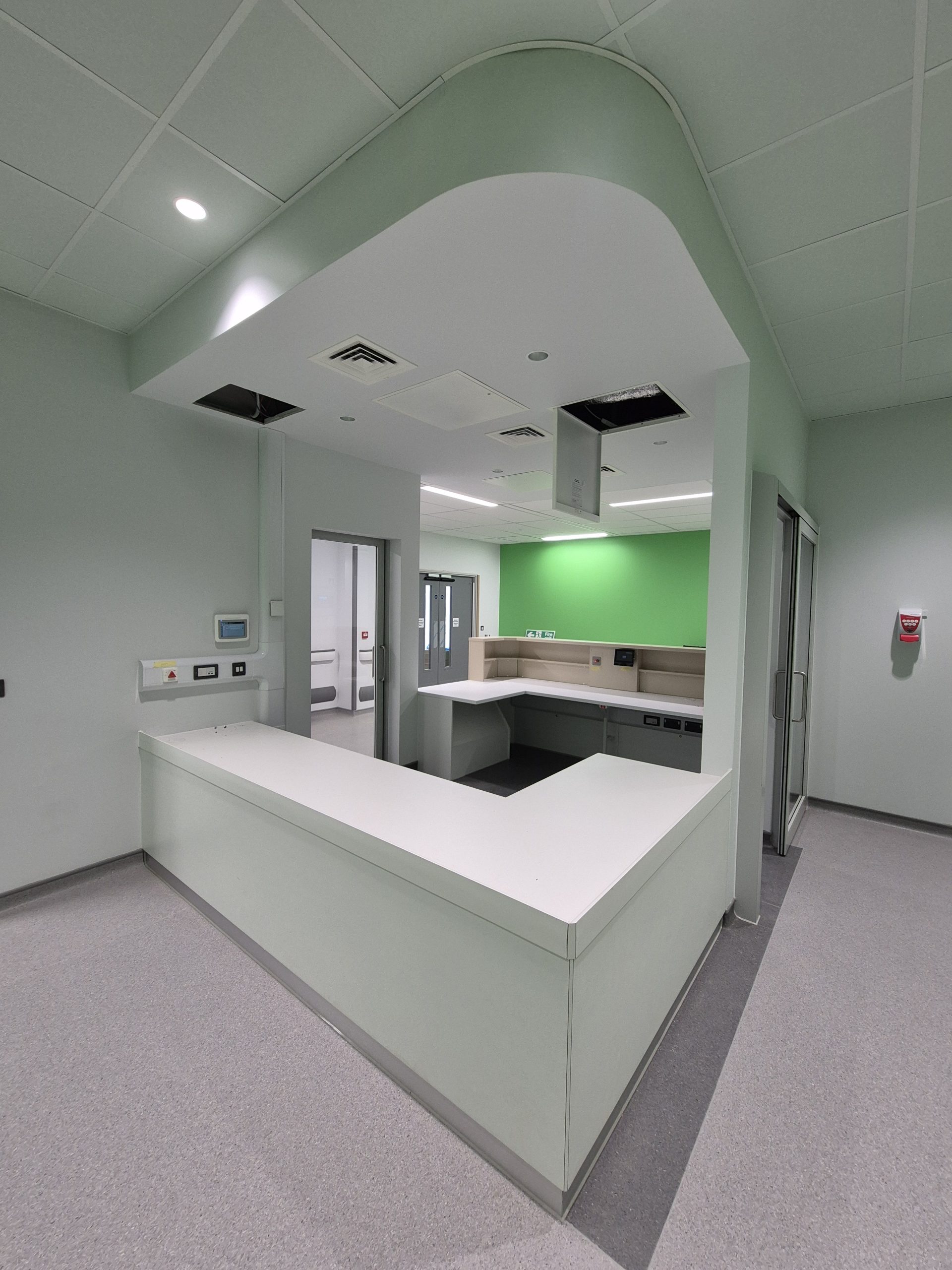Inside the main entrance of a busy NHS hospital is the reception desk. It stands…

How to prevent cross infection in hospital
One huge problem that is faced in almost every hospital is cross infection. This dilemma can, unfortunately, worsen the health of many hospital patients and can cause harmful outbreaks of illness across a hospital site. Many people falsely assume that cross infection will only affect hospitals located in developing areas, in which proper hygiene practices cannot always be carried out. However, even here in the UK, cross infection is the cause of many hospital patient mortalities. In a developed country, for every 100 hospital patients, 7 will acquire at least one healthcare-associated infection. Hospital furniture plays a huge role in both the prevention and the development of cross infections. This article will teach you how to prevent cross infection in hospital by implementing more hygienic furniture and design.
How could furniture cause cross infection in hospital?
Before delving into how to prevent cross-infection in hospital, it is important to know exactly how furniture can play a role in the problem.
Soft furnishings are a big contributor to hospital infections. Furniture coverings, such as upholstery, can easily be contaminated with bacteria and can encourage the growth of mould and yeast, as the material absorbs moisture from the air. If your hospital is decked out with soft furnishings, such as cushions and sofas, you may be at risk of cross infection.
The build-up of dust particles and dirt on flat surfaces is also a big cause of many hospital cross infections. Dust and dirt could carry harmful diseases that are bought in by patients each day. If these particles build up onto surfaces, anyone who comes into contact with the infected surface will be at risk of cross-infection.
How to prevent cross infection in hospital
While complete quarantine for all patients is not a practical option, you can easily take steps to prevent cross infection in hospitals by reconsidering your furniture choices.
Choose a ‘hard’ furniture finish
Soft furnishings are a big cause of cross-infection in hospitals as they absorb bacteria and moisture from the air. To minimise this problem in your own hospital, you should opt for furniture that has a ‘hard’ finish, such as products made from laminate or vinyl. These products assist with the control of hospital infection and can be cleaned incredibly easily compared to softer furnishings.
You could perhaps swap out upholstery sofas for laminate chairs or even consider investing in wood finish benches. Although pillows and cushioned sofas may seem more comfortable, it is definitely worth sacrificing comfort for the prevention of harmful disease!
Choose sloped surfaces
To stop the build-up of dust particles or dirt, choose slightly sloped surfaces. This way, any particles that fall onto the furniture will simply slide off, which will prevent bacteria from settling and building up. Tables, shelves and even chairs all come in sloped varieties that are comfortable to use and infection safe!
Choose waterproof options
Furniture that absorbs water can easily become a hotspot for the growth of mould and bacteria. Because of this, it is incredibly important that your hospital furniture is waterproof and easy to clean. Waterproof materials will repel moisture rather than absorb it, which will prevent bacteria and mould from growing. For any areas already affected, consider using a professional mould cleaning service to ensure a thorough removal. Laminate or glass-finished furniture options are your best bet as these are specifically designed to resist water and are easy to clean.
Opt for smooth surfaces
Surfaces with grooves, bumps or holes can be a nuisance to clean and bacteria can easily be left behind to build up. The solution to this problem is to opt for smoother surfaces that are free from any kind of groove or crack. Smoother surfaces are far easier to clean and have no hidden places for bacteria to fester.
Increase your cleaning routine
When it comes to hospital hygiene, no amount of cleaning can ever be too much! This may sound obvious, but if cross-infection is a problem in your hospital, you may need to increase the number of times per day that furniture is cleaned. Ideally, hospital furniture should be cleaned daily, but it definitely won’t hurt to conduct cleaning more regularly than this. A good idea could be to place cleaning stations, with antibacterial spray and paper towels, around communal areas in hospitals so that patients and visitors can wipe down any furniture that they have come into contact with after use.
Prevent cross infection
We are a specialist hospital and healthcare furniture manufacturer with a wealth of experience in providing hospitals with infection-resistant furniture. You can take a look at our case studies to see some of our work for yourself or contact us today to find out more about how our furniture solutions could help you with your next healthcare facility refurbishment or new build project.








